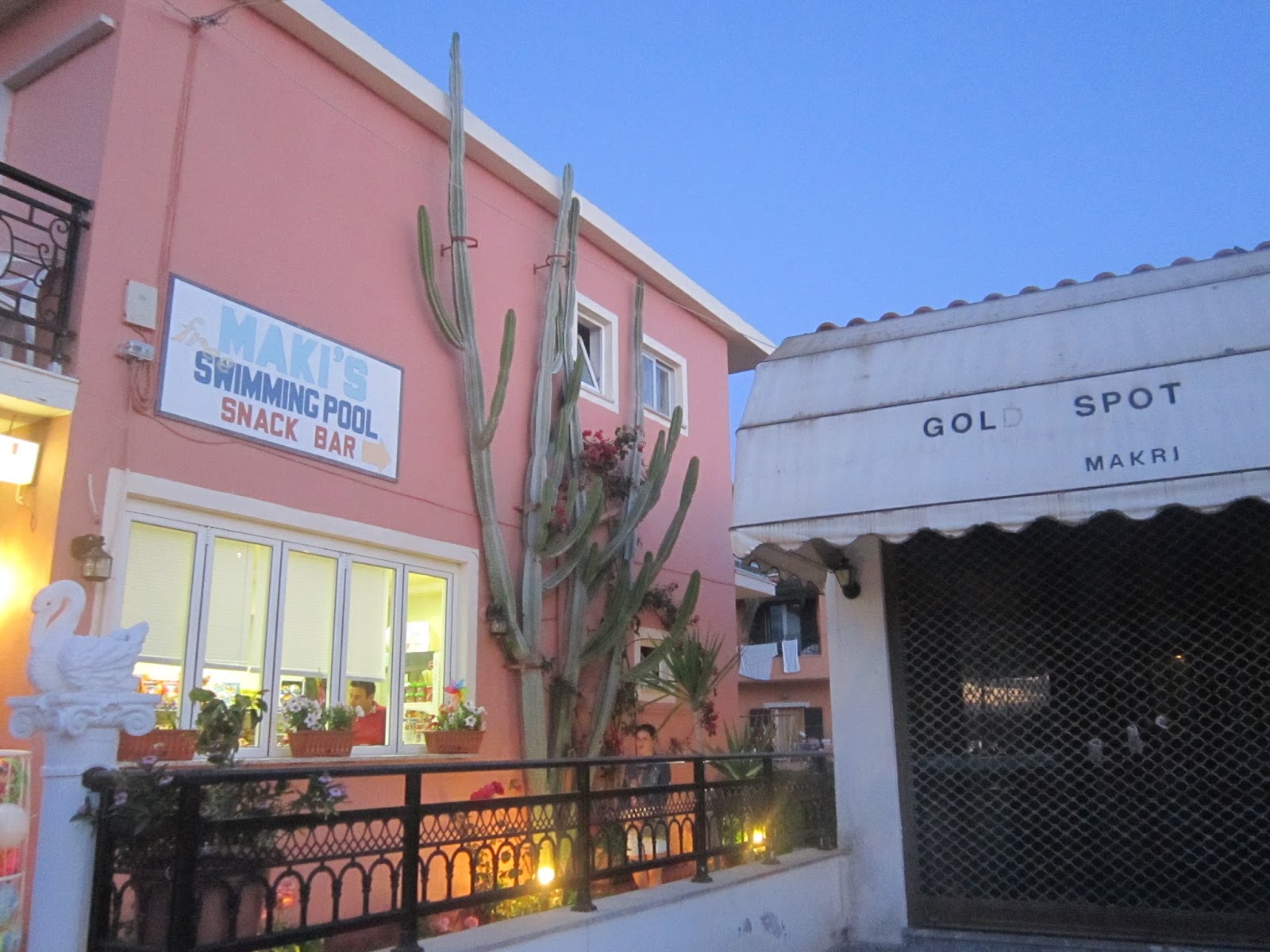At this time I am going to tell you about one public
event. We didn’t have special plans for
weekend so we decided to visit Starochercaskaya, this village situated not so far
from our home and it is lovely place on the bank of the river Don with great history,
rich cultural and architectural heritage.
Ferry across the river
When we arrived
we found out a lot of cars and people there. The thing is, that Starocherkaskaya was in 1644 – 1744
years - the main city of Don Cossacks,
and now it is quiet little village with small population. Therefore we didn’t expect to meet there a
lot of people. With big trouble we found parking lot and began our trip. Soon we knew that there was Cossack
folklore festival. There were scene that
performed different groups of folk music,
fair of crafts, display of Cossacks national costumes, in cafes were
served national dishes – especially famous Don’s uha ( it is soup from river
fish). It was celebration of national Cossacks culture.
But first things first. Who were Don Cossacks ?
Don Cossacks, who in the 16th cent.
founded the virtually independent republic of the Don Cossacks on the fertile
steppes along the lower course of the Don River. (Staro) Cherkassk was their chief town.
The host of the Don Cossacks was governed by a popular council, the Rada, and
by an elected chief, called ataman. Their daring raids and exploits attained
legendary proportions under Stenka Razin.
Although the Don Cossacks gave allegiance to the czar of Russia in 1614, their
self-government was recognized by the czar in 1623 and they continued to govern
themselves throughout the 17th cent. Frequent rebellions, however, culminating
in that of Pugachev,
resulted in the loss of many of their privileges. After the suppression of a
revolt (1707–8), the Don Cossacks lost the right to elect their ataman. The
decree of 1835 made them into a military caste with special privileges in
return for military service. After 1886 the czarist government often used the
Don Cossacks to suppress revolutionary movements throughout Russia. Following the
October Revolution of 1917, the Don Cossacks sought to regain their political
autonomy and even strove for independence. They established the Don Military
Government and fought the Bolsheviks. Later the Don Cossacks aided the White
armies. The Soviet regime abolished Don Cossack army units until World War II,
when they were reactivated to fight the Germans. Among prominent Don Cossacks
in modern times is Mikhail A. Sholokhov,
author of several novels about the Don Cossacks. The Don Cossacks are famous
for their songs and choirs. (Material from The Columbia Electronic
Encyclopedia, 6th ed. Copyright ©
2012, Columbia University Press. All rights reserved)
I can add that this is a separate culture unfortunately almost vanishes today with a certain way of
life and culture. Government tries to keep and revive Don Cossacks therefore a
lot of festivals and other event hold regularly. Cossacks were the soldiers fearlessly defended
the southern borders of Russia from the Turkish raids. Their culture is
associated with orthodox religion and their main principles are the duty of
honor and courage. Also well known Cossacks choirs songs.
Let’s return to Cossack folklore festival.
Performance of Cossack’s choirs took place in the
courtyard of the Holy Donskoy Starocherkassky Monastery.
Entrance
to Monastery
Church
of Monastery
Performance of choirs
Fair of crafts
Traditional house. It was build from wood with very
high level from ground because every spring all village suffer from flood.
Pointers: “Café Old town”; “Café Starocherkask”; Voyskovoy Resurrection Cathedral 1719 year of
build; Ataman farmstead museum
exhibition.
Down the street to Voyskovoy Resurrection Cathedral
Voyskovoy
Resurrection Cathedral and its Bell tower
I think that it is breath taking monumental Cathedral.
When I watched it I think about how it was build. In that time people didn’t
have modern equipment, they had just their arms and primitive tools. It is amazing!
Inside the Voyskovoy Resurrection Cathedral. All carvings are made of wood.
Figure of Cossack.
However many people don’t know anything about Cossacks
and their culture; furthermore they considered them to be bandits. Of course this is a stereotype. Sometimes it is easier to accept a stereotype or someone else's point of view than to take the trouble to learn more about the culture and traditions of
the ethnic group and then form our own attitude towards these people.
Why did I decide to write about this event? I have watched videos about Aboriginal people
in Manitoba, about modern society about how people accept another culture, how government
tries to keep its culture but some people don’t understand why? I would like to show that in my country people
didn’t want to accept Cossacks culture, didn’t want to keep it ethnic group, and
believed that they were not so important. When, it our time this culture almost vanish,
at least people saw their mistakes. Every human being, every ethnic group and every
nation is very valuable and should respected and esteemed. As you saw in my photos that such small
number of ethnic group has its own national treasure and amazing buildings, wounderful music and songs, and
it would be unforgivable mistake if it all vanished.









































